
SUE BRATTLE
L’Aventure du Sucre, Beau Plan, Pamplemousses
IF you’re headed for Mauritius, you’re probably booked into a four- or five-star hotel with a fully-loaded Kindle and plans for a week or two on a sun lounger. However, this island is far more than the sum of its glorious beaches, and it’s well worth hiring a car or booking a guided tour to let its story unfold.
It’s not so obvious these days, but the rise and fall of the sugar industry is the story of Mauritius. Without sugar the island would be as empty as it was when the Dutch found it in the 1600s.
No one lived on Mauritius before the colonial powers turned up. The Dutch arrived and brought sugar canes from Java, then the French took over, and finally the British built up an industry that was almost the island’s only income until the late 20th century.
The sugar estates and factories needed labour, so of course the Dutch and French imported slaves by the shipload. When the Brits came along and abolished the slave trade, they turned to indentured labour from India.
That’s what you see when you visit Mauritius today; a mixed population descended from this workforce (mostly from India, but also from Africa, China, and Madagascar) along with descendants of the colonial powers. And stunning acres of sugar cane dotted around the landscape, albeit much depleted since sugar’s heyday.

That is why, unusually, I’d say a trip to the museum that tells this story is a must during your holiday. L’Aventure du Sucre, in a former sugar cane factory on the Beau Plan Sugar Estate that shut down in 1998, is key to understanding the island that exists away from the beautiful resort beaches and hotels.
Perhaps it’s because the museum is inside a real factory, or because the storyboards are so well written (in French and English), but you really want to do the entire circuit that takes you through the stages of sugar production from growing the canes to exporting the crop to its Western markets.
Most of the original machinery is on show, including two trains and a wooden barge that was used to take sugar the 1,000-kms voyage to Madagascar until the year 2000. I think this authenticity is what makes the museum so memorable; until a few years ago, people had jobs using all the machinery you can look at.
The museum has everything you’d expect; café, restaurant, grounds with lovely views of the surrounding countryside, and you get to taste different sugars and rums at the end of the trail that you follow. Do go, it takes around two hours and really is worthwhile.
To complete your education about Mauritius’s history, there’s another legacy from the thousands of slaves who populated the island: Sega dancing and music. Sega songs are sung in Creole and were how the slaves told stories about their lives. The dance is registered by UNESCO on its Intangible Cultural Heritage list, and it’s not as easy as it looks. The woman who tried to teach me gave me a hint that brought tears to my eyes: Keep your feet close together, she said, the slaves were shackled at the ankles in the evening when they danced to stop them running away and that’s how they invented the Sega dance. There are dozens of local dancers and musicians, and you can buy their music in most tourist shops. Your hotel will also probably host Sega evenings, so you can have a go.
Top tip: If you hire a car or take a taxi to see this museum, the lovely botanic gardens and the capital of Port Louis are close by, as well as Arsenal, a factory outlet centre where you can pick up good cashmere at bargain prices.
Updated March 2020
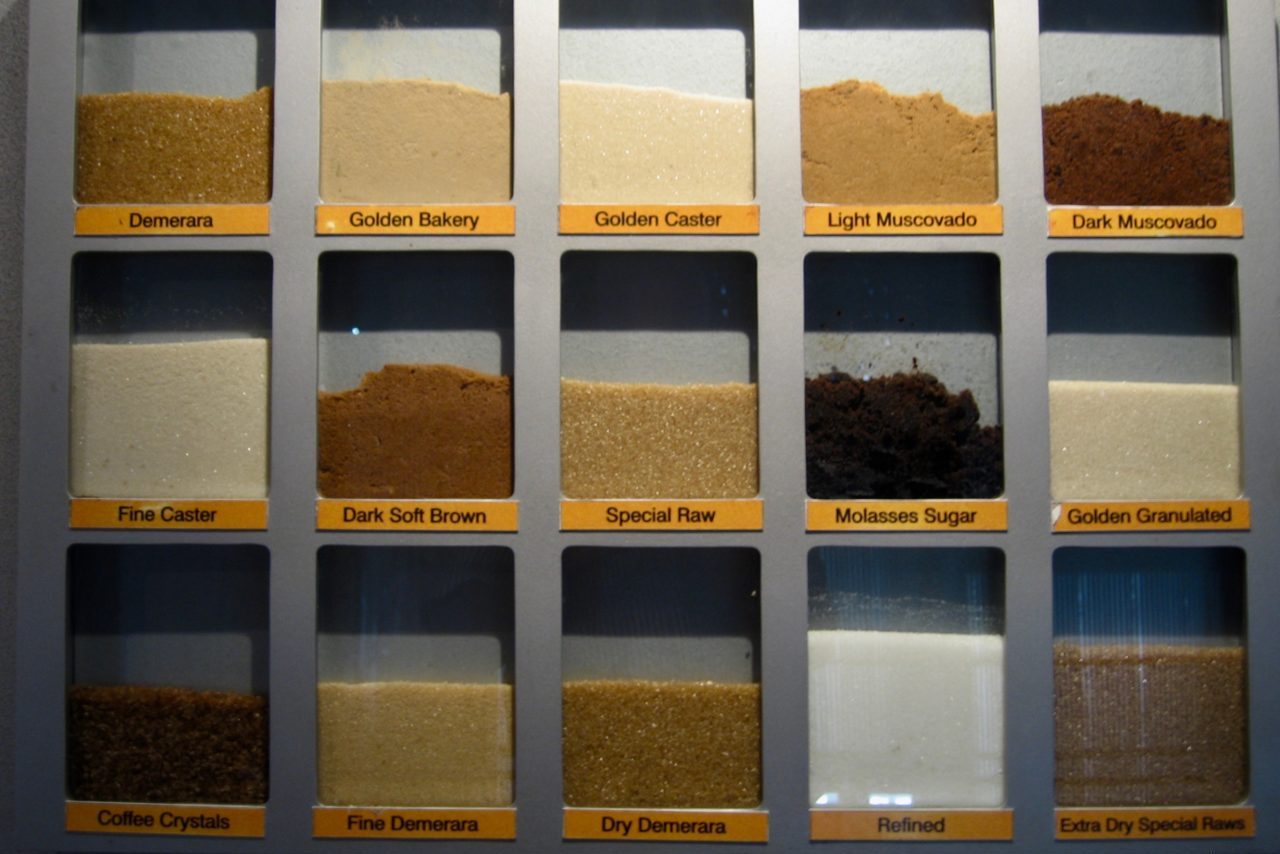
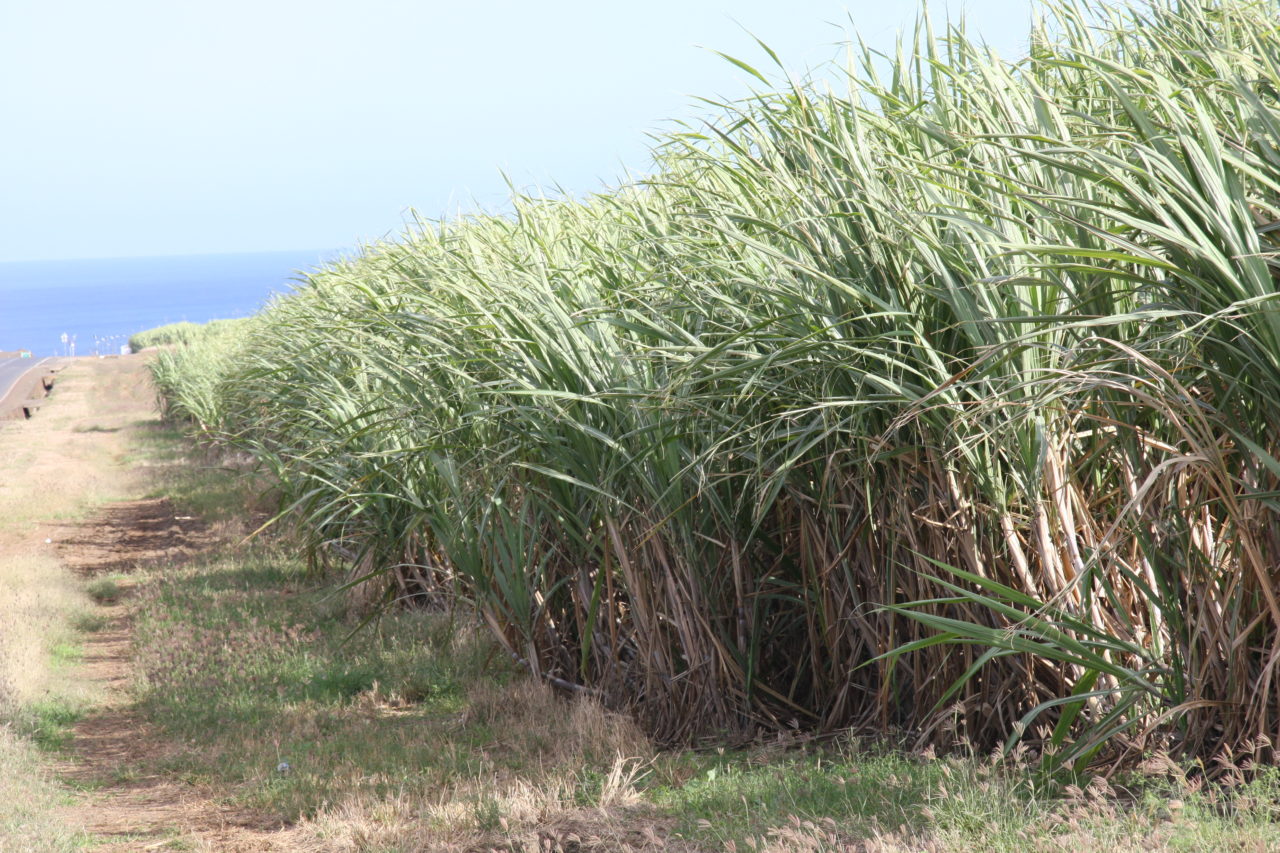

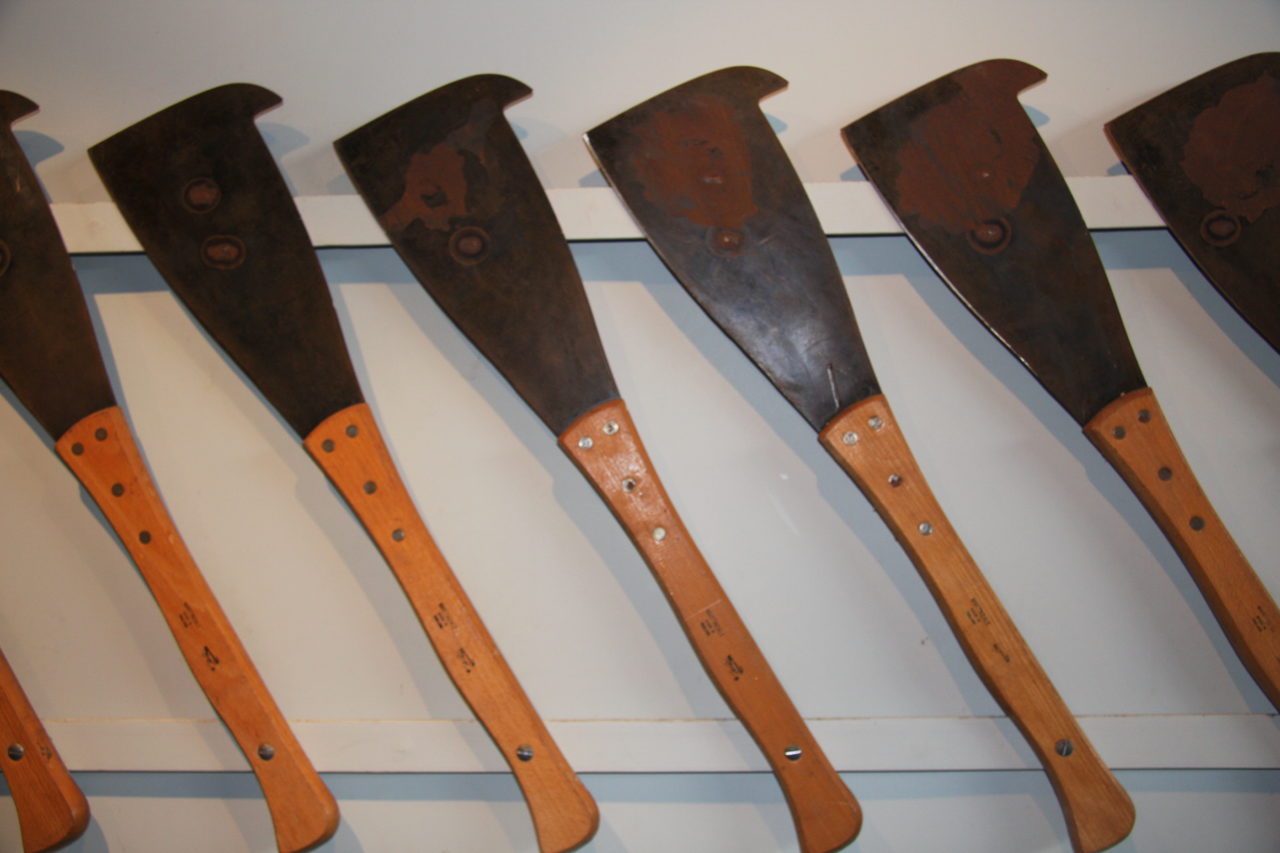
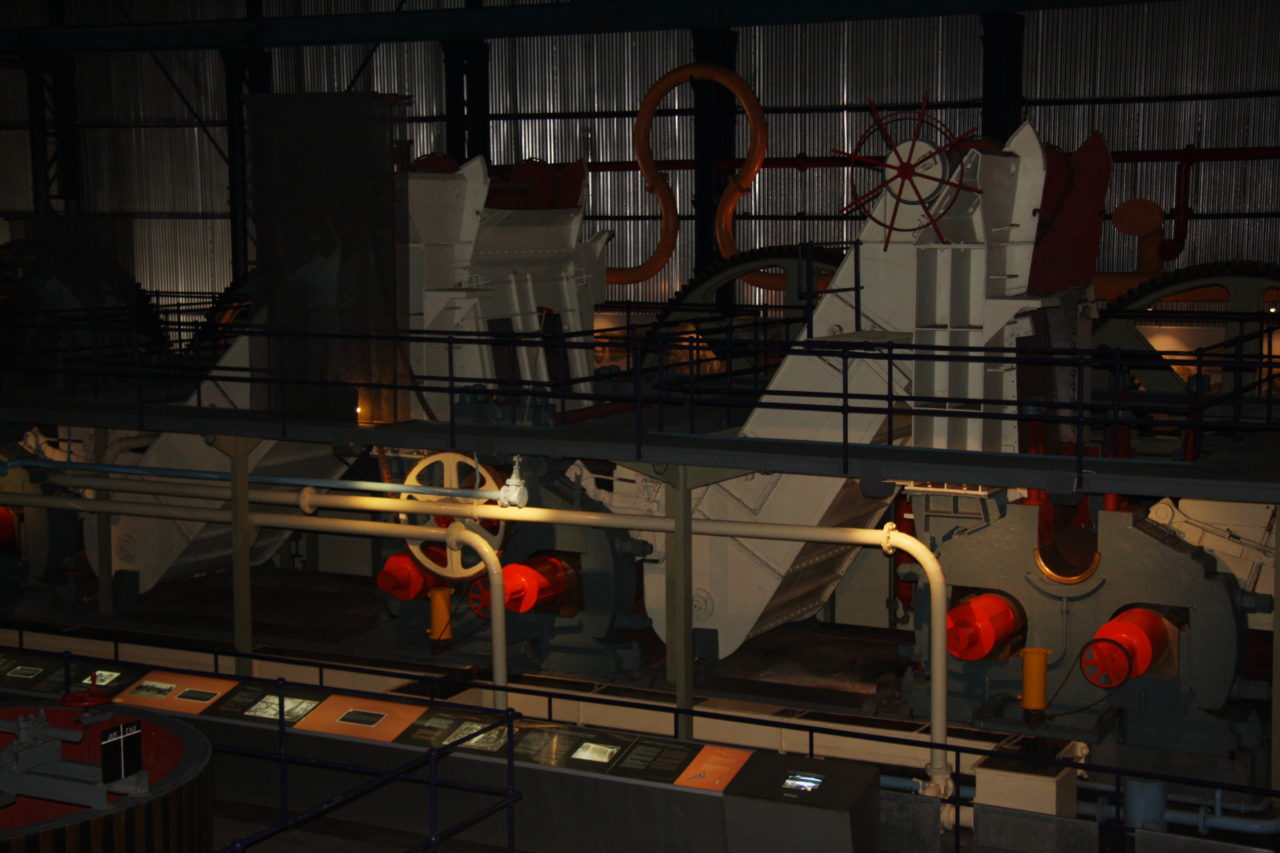
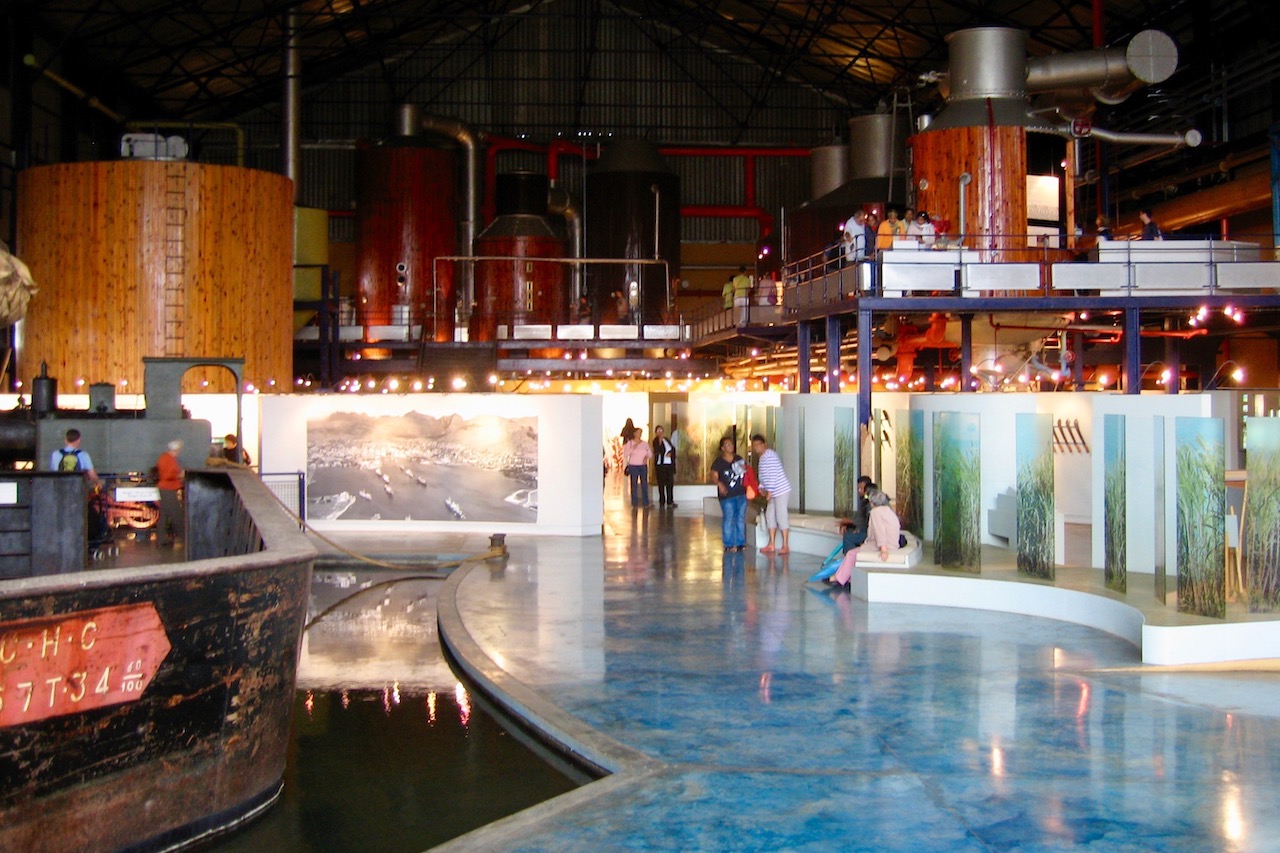
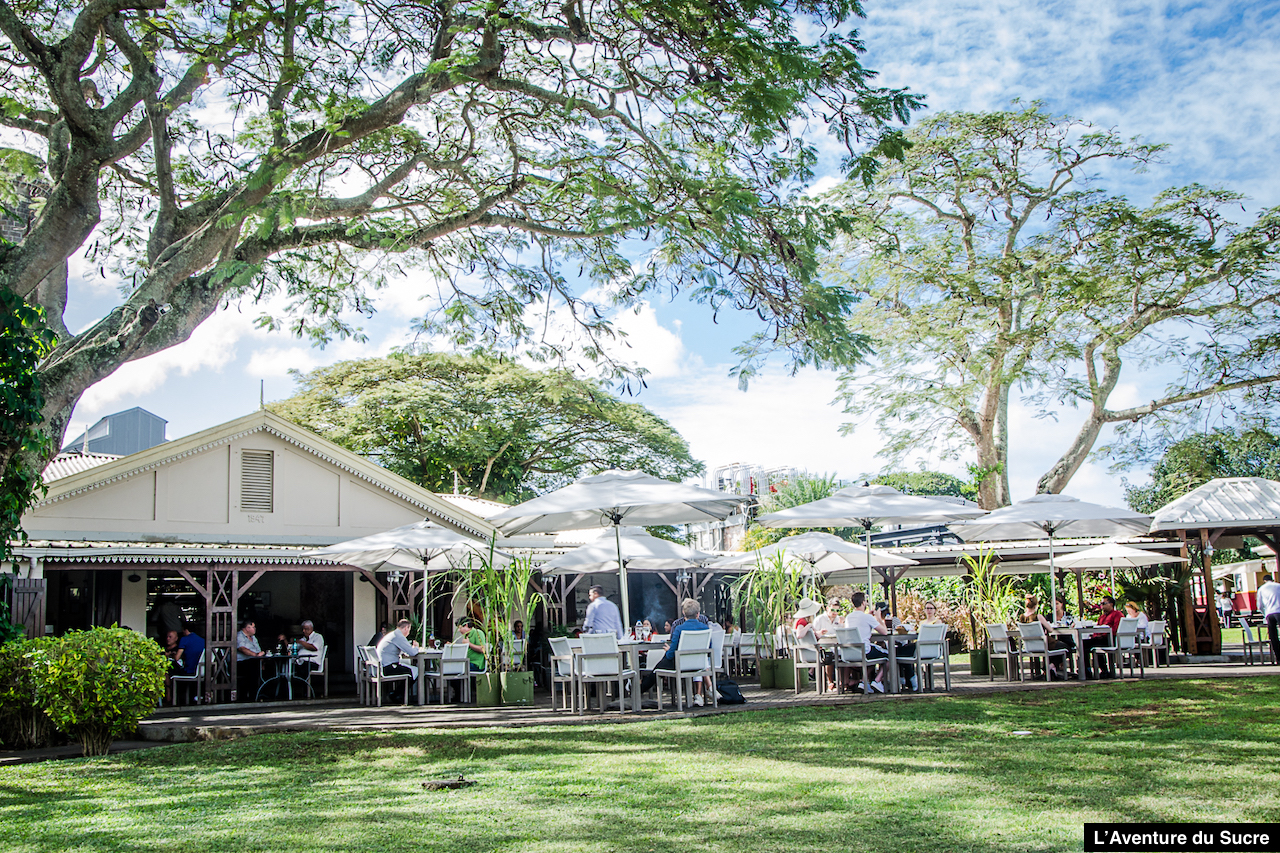


RELATED
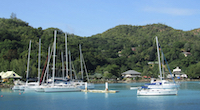 THE GARDEN OF EDEN: Getting up the energy actually to do some tourism during a stay in the Seychelles might seem like a stretch, but the Vallée de Mai is an exception. I’d say it’s a must-do, so think of it as much-needed exercise…
THE GARDEN OF EDEN: Getting up the energy actually to do some tourism during a stay in the Seychelles might seem like a stretch, but the Vallée de Mai is an exception. I’d say it’s a must-do, so think of it as much-needed exercise…
READ MORE
MORE INFO
 OFFICIAL SITE has all the information you need to plan your visit to L’Aventure du Sucre, plus essential advice on how to make a perfect mojito. READ MORE
OFFICIAL SITE has all the information you need to plan your visit to L’Aventure du Sucre, plus essential advice on how to make a perfect mojito. READ MORE
RECOMMENDED
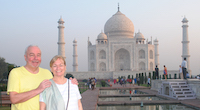 WELCOME TO OUR WORLD! Afaranwide’s home page – this is where you can find out about our latest posts and other highlights. READ MORE
WELCOME TO OUR WORLD! Afaranwide’s home page – this is where you can find out about our latest posts and other highlights. READ MORE
 TOP 10 ATTRACTIONS: Many of the world’s most popular tourists sites are closed because of the coronavirus crisis, but you can still visit them virtually while you’re self-isolating. READ MORE
TOP 10 ATTRACTIONS: Many of the world’s most popular tourists sites are closed because of the coronavirus crisis, but you can still visit them virtually while you’re self-isolating. READ MORE
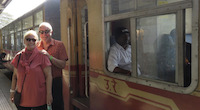 SHIMLA, QUEEN OF THE HILLS: Government officials once retreated to Shimla in the foothills of the Himalayas to escape India’s blazing hot summers. Now tourists make the same journey. READ MORE
SHIMLA, QUEEN OF THE HILLS: Government officials once retreated to Shimla in the foothills of the Himalayas to escape India’s blazing hot summers. Now tourists make the same journey. READ MORE
 TEN THINGS WE LEARNED: Our up-to-the-minute guide to creating a website, one step at a time. The costs, the mistakes – it’s what we wish we’d known when we started blogging. READ MORE
TEN THINGS WE LEARNED: Our up-to-the-minute guide to creating a website, one step at a time. The costs, the mistakes – it’s what we wish we’d known when we started blogging. READ MORE
 TROUBLED TIMES FOR EXPATS: Moving abroad can seem an idyllic prospect, but what happens when sudden upheavals or the inescapable realities of life intrude? READ MORE
TROUBLED TIMES FOR EXPATS: Moving abroad can seem an idyllic prospect, but what happens when sudden upheavals or the inescapable realities of life intrude? READ MORE
LET'S KEEP IN TOUCH!

SUE BRATTLE
L’Aventure du Sucre, Beau Plan, Pamplemousses
IF you’re headed for Mauritius, you’re probably booked into a four- or five-star hotel with a fully-loaded Kindle and plans for a week or two on a sun lounger. However, this island is far more than the sum of its glorious beaches, and it’s well worth hiring a car or booking a guided tour to let its story unfold.
It’s not so obvious these days, but the rise and fall of the sugar industry is the story of Mauritius. Without sugar the island would be as empty as it was when the Dutch found it in the 1600s.
No one lived on Mauritius before the colonial powers turned up. The Dutch arrived and brought sugar canes from Java, then the French took over, and finally the British built up an industry that was almost the island’s only income until the late 20th century.
The sugar estates and factories needed labour, so of course the Dutch and French imported slaves by the shipload. When the Brits came along and abolished the slave trade, they turned to indentured labour from India.
That’s what you see when you visit Mauritius today; a mixed population descended from this workforce (mostly from India, but also from Africa, China, and Madagascar) along with descendants of the colonial powers. And stunning acres of sugar cane dotted around the landscape, albeit much depleted since sugar’s heyday.

That is why, unusually, I’d say a trip to the museum that tells this story is a must during your holiday. L’Aventure du Sucre, in a former sugar cane factory on the Beau Plan Sugar Estate that shut down in 1998, is key to understanding the island that exists away from the beautiful resort beaches and hotels.
Perhaps it’s because the museum is inside a real factory, or because the storyboards are so well written (in French and English), but you really want to do the entire circuit that takes you through the stages of sugar production from growing the canes to exporting the crop to its Western markets.
Most of the original machinery is on show, including two trains and a wooden barge that was used to take sugar the 1,000-kms voyage to Madagascar until the year 2000. I think this authenticity is what makes the museum so memorable; until a few years ago, people had jobs using all the machinery you can look at.
The museum has everything you’d expect; café, restaurant, grounds with lovely views of the surrounding countryside, and you get to taste different sugars and rums at the end of the trail that you follow. Do go, it takes around two hours and really is worthwhile.
To complete your education about Mauritius’s history, there’s another legacy from the thousands of slaves who populated the island: Sega dancing and music. Sega songs are sung in Creole and were how the slaves told stories about their lives. The dance is registered by UNESCO on its Intangible Cultural Heritage list, and it’s not as easy as it looks. The woman who tried to teach me gave me a hint that brought tears to my eyes: Keep your feet close together, she said, the slaves were shackled at the ankles in the evening when they danced to stop them running away and that’s how they invented the Sega dance. There are dozens of local dancers and musicians, and you can buy their music in most tourist shops. Your hotel will also probably host Sega evenings, so you can have a go.
Top tip: If you hire a car or take a taxi to see this museum, the lovely botanic gardens and the capital of Port Louis are close by, as well as Arsenal, a factory outlet centre where you can pick up good cashmere at bargain prices.
Updated March 2020









RELATED
 THE GARDEN OF EDEN: Getting up the energy actually to do some tourism during a stay in the Seychelles might seem like a stretch, but the Vallée de Mai is an exception. I’d say it’s a must-do, so think of it as much-needed exercise…
THE GARDEN OF EDEN: Getting up the energy actually to do some tourism during a stay in the Seychelles might seem like a stretch, but the Vallée de Mai is an exception. I’d say it’s a must-do, so think of it as much-needed exercise…
READ MORE
MORE INFO
 OFFICIAL SITE has all the information you need to plan your visit to L’Aventure du Sucre, plus essential advice on how to make a perfect mojito. READ MORE
OFFICIAL SITE has all the information you need to plan your visit to L’Aventure du Sucre, plus essential advice on how to make a perfect mojito. READ MORE
RECOMMENDED
 WELCOME TO OUR WORLD! Afaranwide’s home page – this is where you can find out about our latest posts and other highlights. READ MORE
WELCOME TO OUR WORLD! Afaranwide’s home page – this is where you can find out about our latest posts and other highlights. READ MORE
 TOP 10 ATTRACTIONS: Many of the world’s most popular tourists sites are closed because of the coronavirus crisis, but you can still visit them virtually while you’re self-isolating. READ MORE
TOP 10 ATTRACTIONS: Many of the world’s most popular tourists sites are closed because of the coronavirus crisis, but you can still visit them virtually while you’re self-isolating. READ MORE
 SHIMLA, QUEEN OF THE HILLS: Government officials once retreated to Shimla in the foothills of the Himalayas to escape India’s blazing hot summers. Now tourists make the same journey. READ MORE
SHIMLA, QUEEN OF THE HILLS: Government officials once retreated to Shimla in the foothills of the Himalayas to escape India’s blazing hot summers. Now tourists make the same journey. READ MORE
 TEN THINGS WE LEARNED: Our up-to-the-minute guide to creating a website, one step at a time. The costs, the mistakes – it’s what we wish we’d known when we started blogging. READ MORE
TEN THINGS WE LEARNED: Our up-to-the-minute guide to creating a website, one step at a time. The costs, the mistakes – it’s what we wish we’d known when we started blogging. READ MORE
 TROUBLED TIMES FOR EXPATS: Moving abroad can seem an idyllic prospect, but what happens when sudden upheavals or the inescapable realities of life intrude? READ MORE
TROUBLED TIMES FOR EXPATS: Moving abroad can seem an idyllic prospect, but what happens when sudden upheavals or the inescapable realities of life intrude? READ MORE
LET'S KEEP IN TOUCH!
Sugar, Slaves and a Dance With Shackles
Holiday Island Has a Tragic Story to Tell

SUE BRATTLE
L’Aventure du Sucre, Beau Plan, Pamplemousses, Mauritius
IF you’re headed for Mauritius, you’re probably booked into a four- or five-star hotel with a fully-loaded Kindle and plans for a week or two on a sun lounger.
However, this island is far more than the sum of its glorious beaches, and it’s well worth hiring a car or booking a guided tour to let its story unfold. It’s not so obvious these days, but the rise and fall of the sugar industry is the story of Mauritius. Without sugar the island would be as empty as it was when the Dutch found it in the 1600s.
No one lived on Mauritius before the colonial powers turned up. The Dutch arrived and brought sugar canes from Java, then the French took over, and finally the British built up an industry that was almost the island’s only income until the late 20th century.


The sugar estates and factories needed labour, so of course the Dutch and French imported slaves by the shipload. When the Brits came along and abolished the slave trade, they turned to indentured labour from India.
That’s what you see when you visit Mauritius today; a mixed population descended from this workforce (mostly from India, but also from Africa, China, and Madagascar) along with descendants of the colonial powers. And stunning acres of sugar cane dotted around the landscape, albeit much depleted since sugar’s heyday.

That is why, unusually, I’d say a trip to the museum that tells this story is a must during your holiday. L’Aventure du Sucre, in a former sugar cane factory on the Beau Plan Sugar Estate that shut down in 1998, is key to understanding the island that exists away from the beautiful resort beaches and hotels.
Perhaps it’s because the museum is inside a real factory, or because the storyboards are so well written (in French and English), but you really want to do the entire circuit that takes you through the stages of sugar production from growing the canes to exporting the crop to its Western markets.
Most of the original machinery is on show, including two trains and a wooden barge that was used to take sugar the 1,000-kms voyage to Madagascar until the year 2000. I think this authenticity is what makes the museum so memorable; until a few years ago, people had jobs using all the machinery you can look at.
The museum has everything you’d expect; café, restaurant, grounds with lovely views of the surrounding countryside, and you get to taste different sugars and rums at the end of the trail that you follow. Do go, it takes around two hours and really is worthwhile.


To complete your education about Mauritius’s history, there’s another legacy from the thousands of slaves who populated the island: Sega dancing and music.
Sega songs are sung in Creole and were how the slaves told stories about their lives. The dance is registered by UNESCO on its Intangible Cultural Heritage list, and it’s not as easy as it looks.
The woman who tried to teach me gave me a hint that brought tears to my eyes: Keep your feet close together, she said, the slaves were shackled at the ankles in the evening when they danced to stop them running away and that’s how they invented the Sega dance.
There are dozens of local dancers and musicians, and you can buy their music in most tourist shops. Your hotel will also probably host Sega evenings, so you can have a go.
Top tip: If you hire a car or take a taxi to see this museum, the lovely botanic gardens and the capital of Port Louis are close by, as well as Arsenal, a factory outlet centre where you can pick up good cashmere at bargain prices.
Updated March 2020









RELATED
 THE GARDEN OF EDEN: Getting up the energy actually to do some tourism during a stay in the Seychelles might seem like a stretch, but the Vallée de Mai is an exception. I’d say it’s a must-do, so think of it as much-needed exercise… READ MORE
THE GARDEN OF EDEN: Getting up the energy actually to do some tourism during a stay in the Seychelles might seem like a stretch, but the Vallée de Mai is an exception. I’d say it’s a must-do, so think of it as much-needed exercise… READ MORE
MORE INFO
 OFFICIAL SITE has all the information you need to plan your visit to L’Aventure du Sucre, plus essential advice on how to make a perfect mojito. READ MORE
OFFICIAL SITE has all the information you need to plan your visit to L’Aventure du Sucre, plus essential advice on how to make a perfect mojito. READ MORE
RECOMMENDED
 WELCOME TO OUR WORLD! Afaranwide’s home page – this is where you can find out about our latest posts and other highlights. READ MORE
WELCOME TO OUR WORLD! Afaranwide’s home page – this is where you can find out about our latest posts and other highlights. READ MORE
 TOP 10 ATTRACTIONS: Many of the world’s most popular tourists sites are closed because of the coronavirus crisis, but you can still visit them virtually while you’re self-isolating. READ MORE
TOP 10 ATTRACTIONS: Many of the world’s most popular tourists sites are closed because of the coronavirus crisis, but you can still visit them virtually while you’re self-isolating. READ MORE
 SHIMLA, QUEEN OF THE HILLS: Government officials once retreated to Shimla in the foothills of the Himalayas to escape India’s blazing hot summers. Now tourists make the same journey. READ MORE
SHIMLA, QUEEN OF THE HILLS: Government officials once retreated to Shimla in the foothills of the Himalayas to escape India’s blazing hot summers. Now tourists make the same journey. READ MORE
 TEN THINGS WE LEARNED: Our up-to-the-minute guide to creating a website, one step at a time. The costs, the mistakes – it’s what we wish we’d known when we started blogging. READ MORE
TEN THINGS WE LEARNED: Our up-to-the-minute guide to creating a website, one step at a time. The costs, the mistakes – it’s what we wish we’d known when we started blogging. READ MORE
 TROUBLED TIMES FOR EXPATS: Moving abroad can seem an idyllic prospect, but what happens when sudden upheavals or the inescapable realities of life intrude? READ MORE
TROUBLED TIMES FOR EXPATS: Moving abroad can seem an idyllic prospect, but what happens when sudden upheavals or the inescapable realities of life intrude? READ MORE
Thanks for sharing this complete and detailed article.